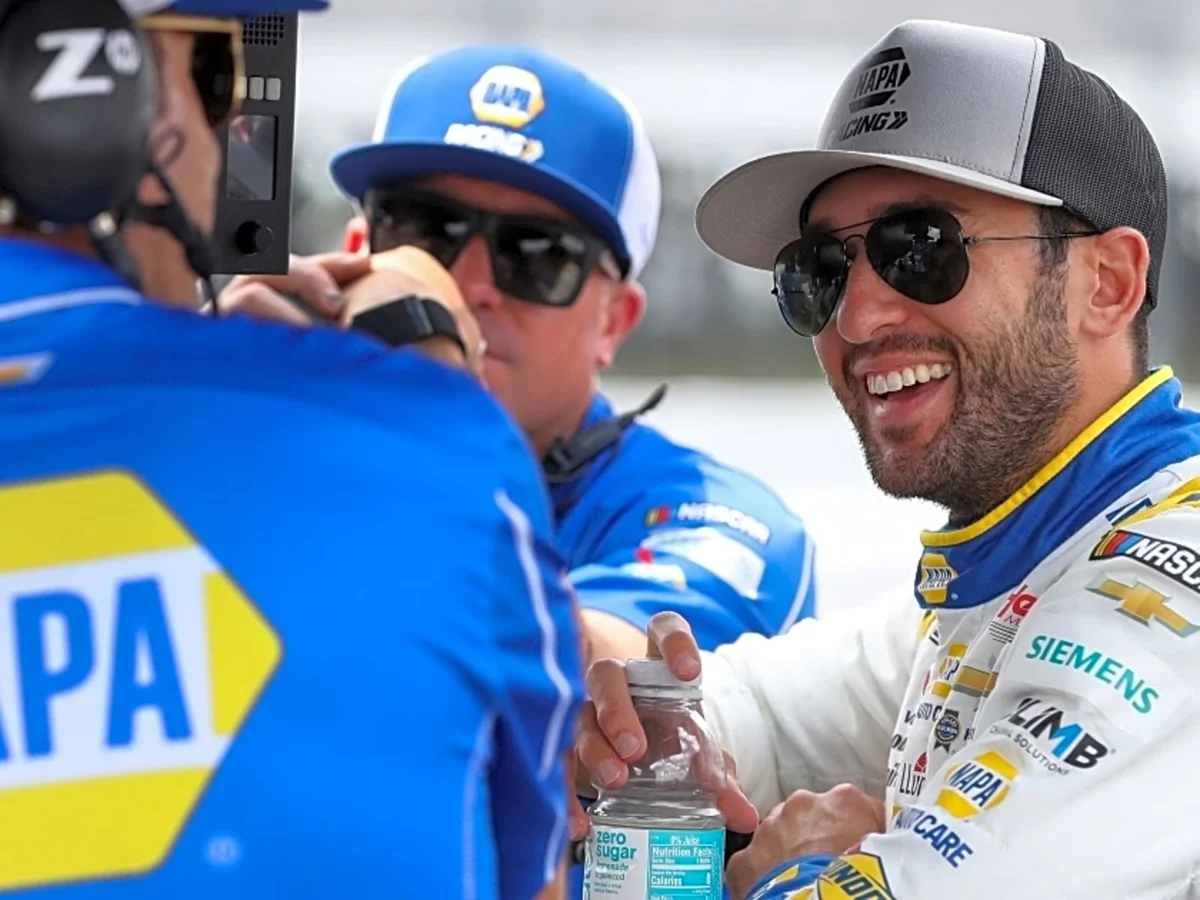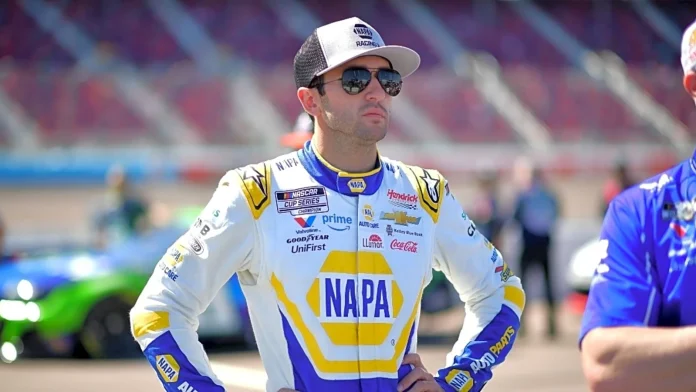During the Bristol Night Race in the NASCAR Cup Series, an unexpected pattern of right-side tire wear shaped the event, but Chase Elliott, who retired early after a wreck, hesitated to fault the new Goodyear tire compound. The Chase Elliott Bristol tire wear reaction reflected a cautious stance on attributing blame to the tire changes, even as the race saw playoff drivers and teams scramble to adapt to rapid tire degradation.
Tire Issues Surface Early in the Bristol Race
The race, capping off the Round of 16 in the Cup playoffs, featured an unprecedented level of wear from a recently introduced soft right-side tire. Although Elliott’s exit stemmed from a crash unrelated to tire problems, the tire situation soon took center stage as NASCAR and teams responded dynamically throughout the 500-lap event.
Initially, Goodyear supplied each team with 11 sets of tires—intended for practice, qualifying, and the main race. As unusual tire wear became apparent in the opening phase, NASCAR requested an additional set from Goodyear to help teams complete the race. This added set became necessary after early reports of concern from multiple teams, most notably when AJ Allmendinger, who started from pole position, saw his performance drop rapidly and communicated issues with right-side tire wear over the radio.

Driver Opinions Remain Measured Amidst Tire Debate
Although Chase Elliott exited early, he shared his guarded viewpoint regarding the tire controversy.
The tough thing that I see, and I haven’t had any time to digest this, and we just crashed, but I’m not really sure what to think of now. My quick thought is if you give these teams an opportunity to set the cars up knowing that the tire wear was going to be this high, you would probably see an entirely different race. So let’s not blame the tire yet.
—Chase Elliott, Driver
He acknowledged that the entirely new compound—unused previously this season—had created pressures for the teams, but advocated for withholding judgment until more data and context were available.
How Teams Adapted Strategies for High Wear
NASCAR.com documented the dramatic effects of tire wear just after Lap 25, when Allmendinger fell from first to fifth, triggering a series of pit stops for both non-playoff and playoff drivers, including Austin Dillon and Joey Logano. Strategies were quickly altered as crews worked to mitigate rapid tire degradation, highlighting the adaptability required of both drivers and support teams throughout the event.
As the race entered its later stages, most teams found more effective solutions for handling tire wear, and this strategic evolution played a crucial role in the final outcome. Christopher Bell, leveraging four new tires on the ultimate restart, moved past Carson Hocevar and Zane Smith—who had only two fresh tires each—to win. Meanwhile, the toll on grip was evident as Alex Bowman slipped from third to eighth, ending his playoff challenge after struggling on a worn set during the final moments.
Implications for the Playoffs and Future Races
The Bristol Night Race underscored the unpredictable influence that new tire compounds can have on competition, as teams, organizations like Kaulig Racing, and drivers such as Zane Smith, Austin Dillon, and Joey Logano faced unique hurdles. The event demonstrated how quickly team strategies must adapt to shifting conditions, and Chase Elliott’s Bristol tire wear reaction highlighted the importance of a measured approach before assigning responsibility. All eyes will be on Goodyear, NASCAR, and the playoff contenders as they navigate tire management in the rounds ahead, potentially reshaping expectations for both drivers and teams in the ongoing championship battle.


